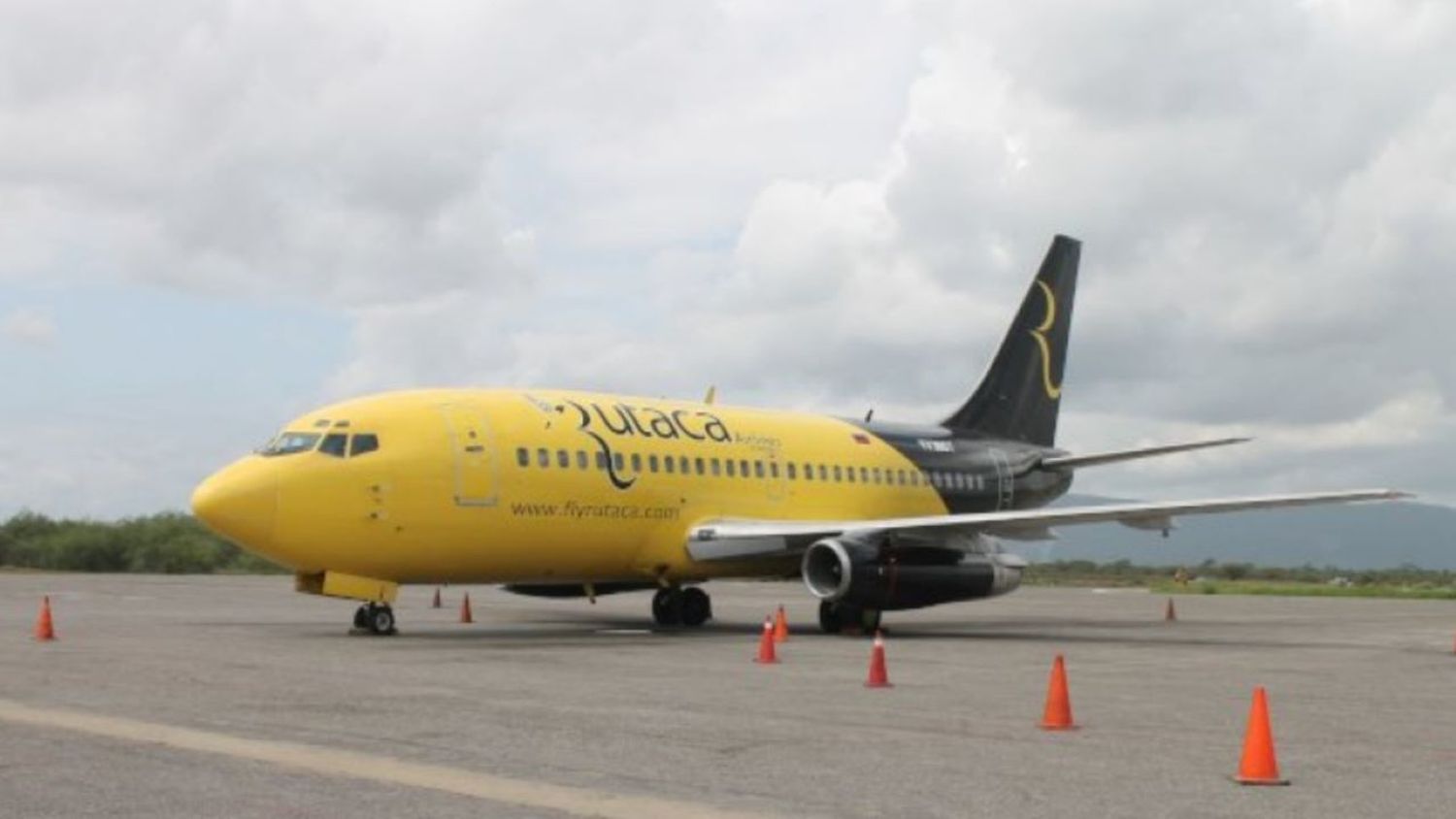On January 14, 2024, RUTACA bid farewell to its last and iconic Boeing 737-200adv, a model that served the Venezuelan airline for 23 years.
The retired aircraft, with registration YV380T, had a notable history: it began its operational life with Lufthansa in April of 1981. It later moved to Ryanair in 1997 and briefly operated for LAN Chile between 2006 and 2008, before joining the Venezuelan airline in November 2008.
The Boeing 737-200 was a fundamental model for RUTACA, and the airline operated up to 14 of these aircraft between 2000 and 2024. The YV380T performed its last service connecting Santo Domingo de Tachira and Caracas operating flight 5R 326.
According to Cirium Fleet, the airline will now operate with a fleet consisting of three Boeing 737-300s, one McDonnell Douglas MD-83, and one McDonnell Douglas MD-88.
As RUTACA says goodbye to its Boeing 737-200s, three of these iconic planes remain in operation in Venezuela, serving Venezolana de Aviación, Estelar, and Avior Airlines.

Four Decades Later, the Boeing 737-200 Continues to Fly
It’s uncommon for airlines to operate aircraft for extended periods, and they generally retire them within 15 years for models with lower maintenance costs and greater fuel efficiency. However, certain passenger, cargo, military, or scientific carriers around the world continue to operate specific models for decades. It’s important to note that the retirement of aircraft is not based solely on years of operation, but on landing and take-off cycles and maintaining regular maintenance procedures.
According to various sources, 41 Boeing 737-200 aircraft remain in operation worldwide, and 8 are in service in the Latin America and Caribbean region:
- Air Zimbabwe: 1
- Ameristar Charters (United States): 1
- Aviatsa (Honduras): 1
- Avior Airlines (Venezuela): 1
- BB 11 Ltd (Cayman Islands): 1 (VIP)
- Canadian Airways Congo: 1
- Estelar (Venezuela): 1
- Democratic Republic of Congo Air Force: 1
- United States Air Force (USAF): 1
- Ecuador Air Force: 1
- Mexico Air Force: 1
- Halla Airlines (Somalia): 1
- Sky Capital Cargo (Bangladesh): 1 (Cargo).
- Transafrican Air (Kenya): 1 (Cargo).
- Venezolana de Aviación (Ravse): 1
- Aerosucre (Colombia): 2 (Cargo)
- Indian Air Force: 2
- Glencore Canada Corporation (Canada): 2 (VIP/Cargo)
- Jayawijaya Dirgantara (Indonesia): 2 (Cargo).
- SEAir International (Philippines): 2 (Cargo).
- Chrono Aviation (Canada): 3 (Passenger/Cargo).
- Indonesian Air Force: 3
- Air Inuit (Canada): 4 (Passenger/Cargo/Combi).
- Nolinor Aviation (Canada): 6 (Passenger/Cargo/Combi)

Brief History of the Boeing 737-200
The 737-200, a 737-100 with an extended fuselage, was officially launched on June 29, 1967. The 737-200 made its first flight on August 8, 1967 and received FAA certification on December 21, 1967. Its operational debut with United Airlines took place on April 28, 1968, connecting Chicago with Grand Rapids, Michigan.
The improved version, known as 737-200 Advanced, was introduced by All Nippon Airways on May 20, 1971.
The Boeing 737-100 and -200 were later identified as the «Boeing 737 Original», subsequently replaced by the Classic series (-300 to -500), Next Generation (-600 to -900), and MAX (-7 to -10, in theory: -8 and -9 certified and in service).
In its early years, it competed with aircraft such as the SE 210 Caravelle, the BAC-111, and later, its main rival, the McDonnell Douglas DC-9.
In addition to the -200 and 200Adv variants, other versions were introduced, such as the -200C (Combi), the -200QC (Quick Change passenger to cargo conversion), the -2X9 Surveiller MPA ordered by Indonesia for maritime reconnaissance missions, and the T-43 navigator trainer for the United States Air Force.
Boeing built a total of 1,114 Boeing 737-200s in its various configurations.


Comentarios
Para comentar, debés estar registrado
Por favor, iniciá sesión